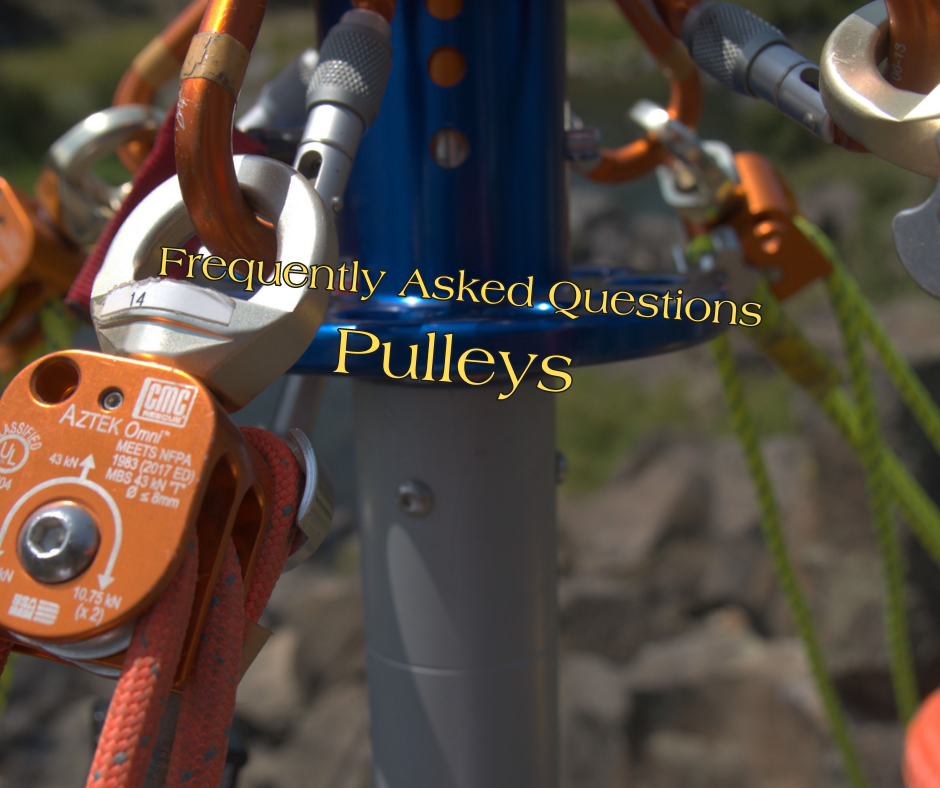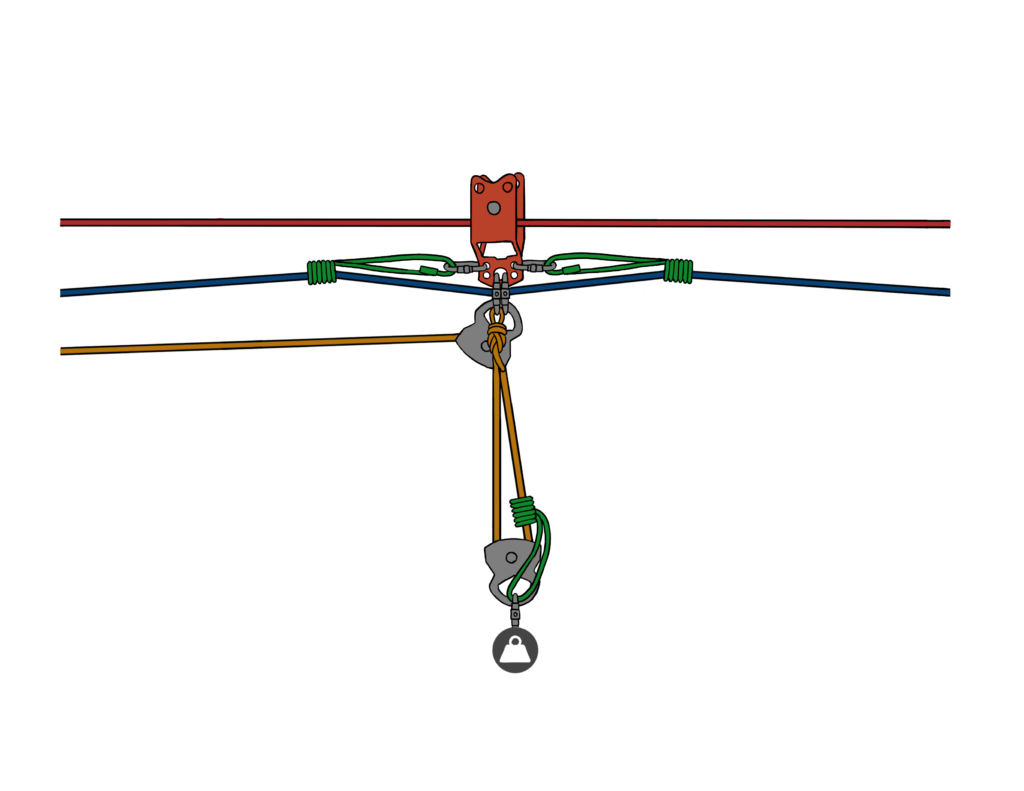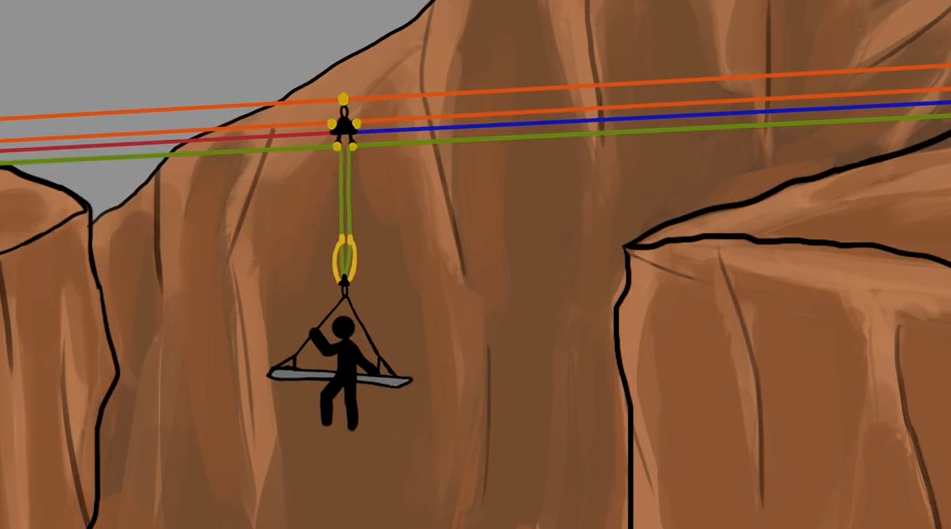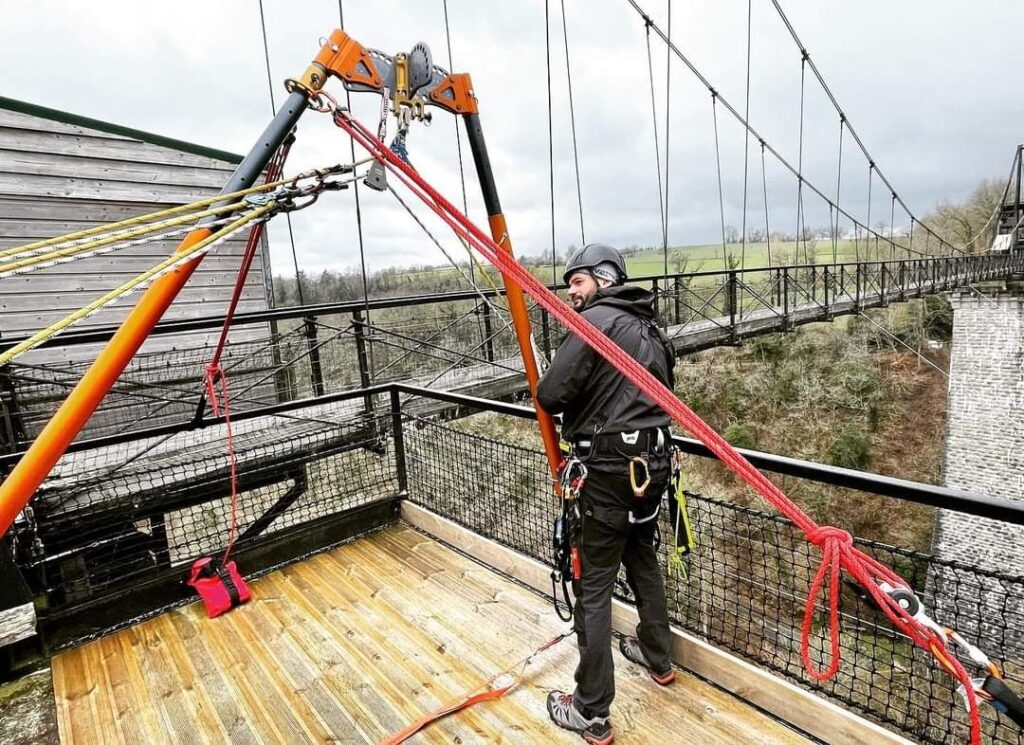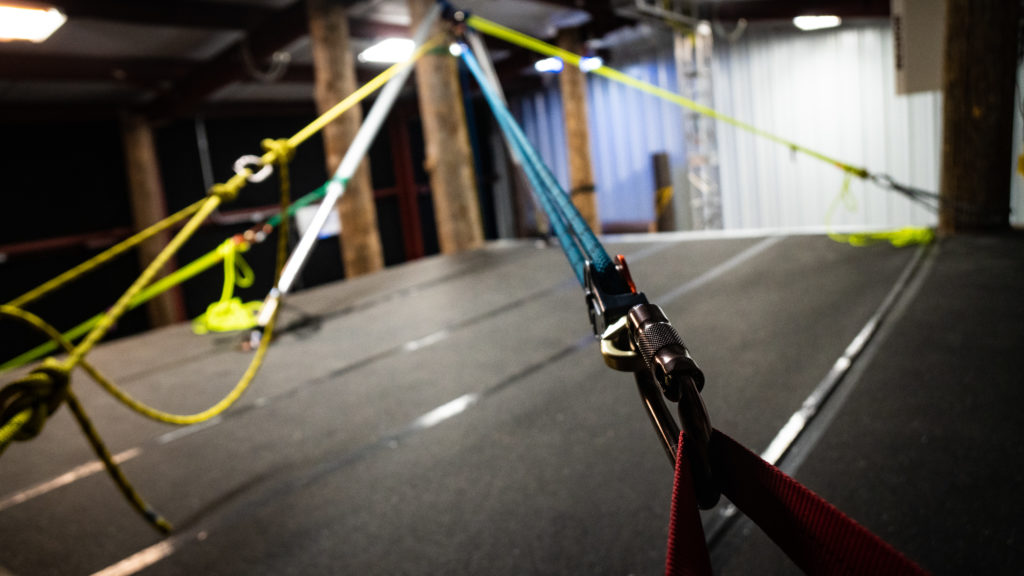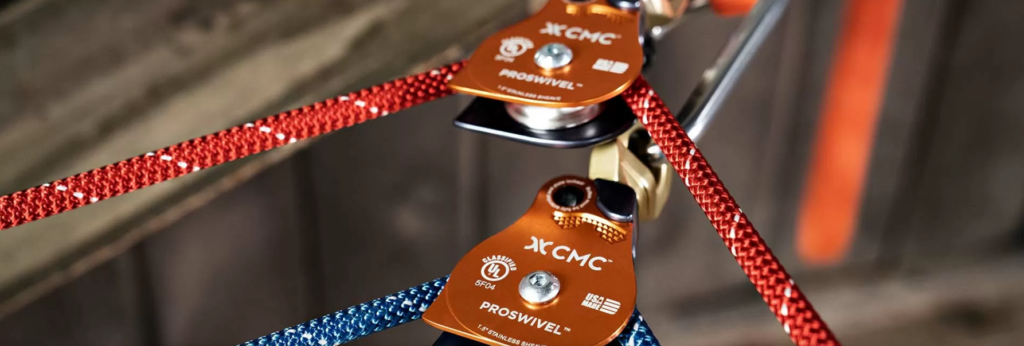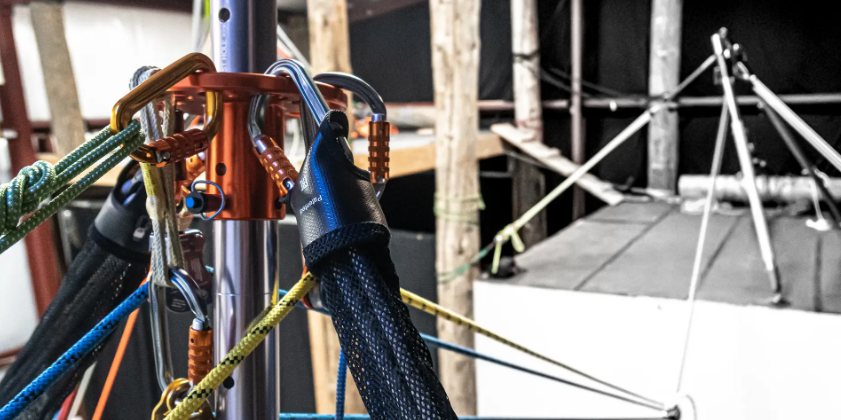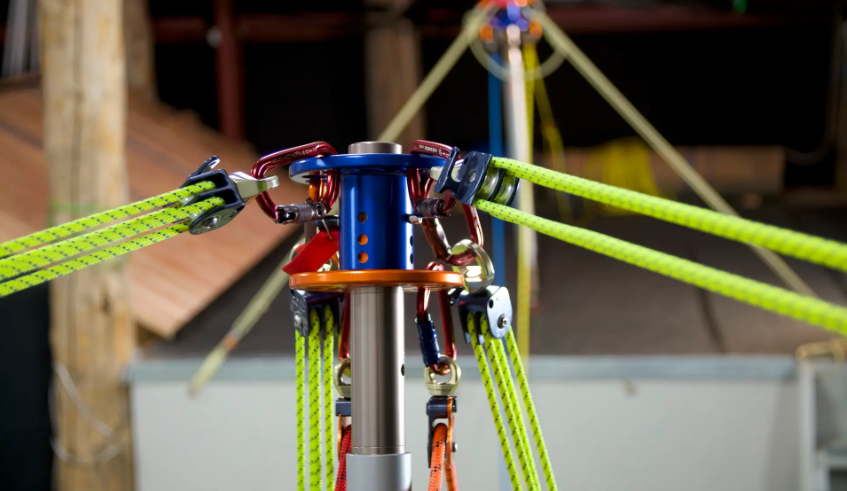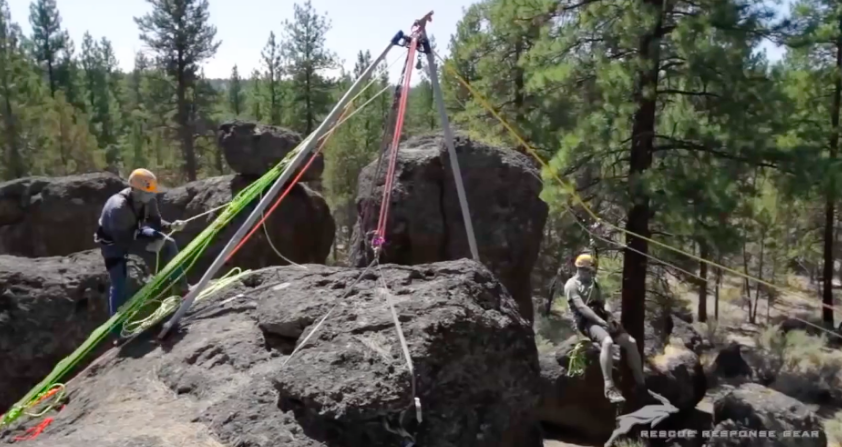Efficiency Unveiled: Understanding the Mechanics of Rescue Pulleys
Q: What makes a one pulley more efficient than another? There are a couple of key factors that affect the efficiency of a rescue pulley. The diameter of the sheave (the wheel in a pulley system that supports the rope) can make a difference – the smaller the diameter, the more bending of the fibers […]
Efficiency Unveiled: Understanding the Mechanics of Rescue Pulleys Read More »

